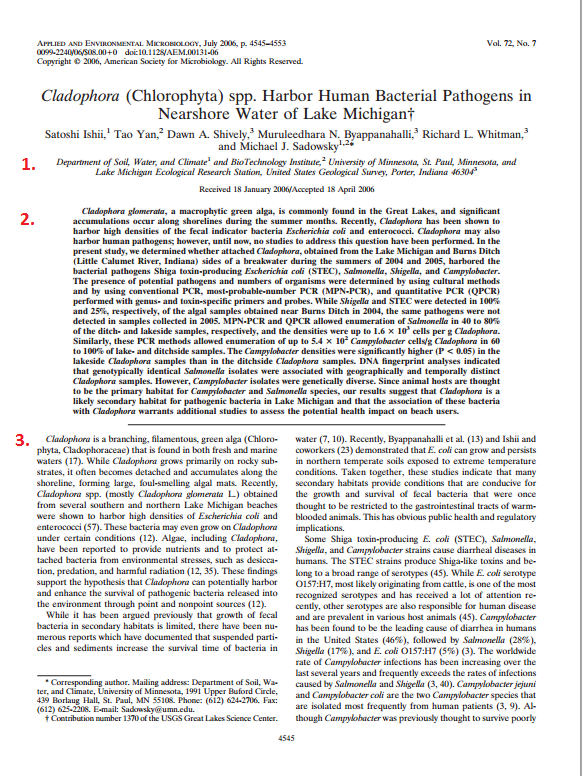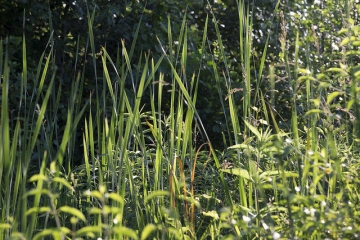Welcome! Click on a tab below to find books, articles, and websites for use in this course.
You'll need a College of DuPage Library card in order to use most of the resources below from off campus.
Questions? Feel free to contact me, stop by the Reference Desk, or contact us by email or chat
Want to know more about the COD library? Check out our orientation video.
Finding Books
Books are great resources to use to get started on your paper topic. They often are written for a general audience but have focused chapters, and can give you necessary background to interpret scholarly articles.
In order to discover what print or electronic books we may have that will help your research, start by searching the library catalog.
Once you pull up the catalog page, type in a few words related to your topic such as prairie and medicine.
A new tab will open with book results displayed. Write down the title, location, and call number of any books that look interesting. Bring that info to the library reference desk in order to have help finding the books.
Prairie Research
Is your topic focused on the prairie? If so, check out the bibliography and other resources on the prairie research guide.
Finding Articles
There are two databases where you might find helpful articles for your topic. It is crucial, when you search databases, to use at least two words or ideas in your search. For example, a search of prairie in Academic Search Complete will get you almost 22,000 articles. A search of prairie and economics will drop that number to 650.
Academic Search Complete
Academic Search Complete will have a mix of scholarly and popular articles on many different topics related to the environment.
Science Direct
This database will be able to help some of you with more complex topics dig up information. When you search Science Direct, you'll be looking through a database of scientific scholarly articles. You will also find only full-text information as long as you leave "subscribed journals" selected.
Notice the following:
- I've used at least two keywords.
- "Subscribed Journals" is checked.
Remember, if you find a great article for your topic, don't hesitate to look at the subject headings listed in the article-- maybe you could change your search terms to get more related articles!
Reading a Scholarly Article
Struggling to read your scientific scholarly article, even though it looks like it might be perfect for your purpose?
Try using the info below as a guidepost to help you understand the article.
Start by looking for the distinctive markers of a scholarly article: are the authors' degrees or university affiliations listed? Do you see an abstract? How about charts, tables, graphs?
If you are using a scientific research article, you'll see the following distinctive sections:
- Abstract: a paragraph summary of the research question and findings
- Introduction: the research question: what did the scientists set out to know? Also provides context to the study: what did we know about the topic? Who answered the most important questions so far? Will include many citations.
- Method: the experiment design
- Results: The data gathered by the experiment
- Discussion: analyzes the results. What do we understand about the topic after the experiment has been conducted?
- Conclusion: lists further questions to be studied
- References or Works Cited: functions just as yours will. What research has been referenced throughout the paper?
Some of these sections may be merged with other sections, have slightly different names, be combined together (results and discussion often share a single section) or may not be labeled, but all should be present in one way or another.
Confused? Take a look at page one of a scholarly article below:

Notice the following:
- The authors list a university affiliation
- The abstract is right in the center of the page
- The (unmarked) introduction
Want to take a closer look? Cladophora (Chlorophyta) spp. Harbor Human Bacterial Pathogens in Nearshore Water of Lake Michigan is a research article found on PubMedCentral, the government-sponsored free article database. You can use this as a model scholarly research article.
Review Articles
Scientific review articles aim to summarize current research on a topic, leading to a comparison of what is known about a topic as well as questions that remain to be addressed. Review articles will often summarize tens of articles, and so a long list of works cited is to be expected. Review articles also do not typically follow the structure of a research article. Often times, the word "review" will appear in the title.
Want to take a closer look? Infant Feeding and Risk of Developing Celiac Disease: A Systematic Review is a review article found on PubMedCentral, the government-sponsored free article database. You can use this as a model scholarly research article.
- Remember to start with your abstract. The summary will tell you where the authors are heading and help you to fight through confusing sections.
- Don't hesitate to read the article through twice.
- Check out this handy guide to reading scholarly articles.
- Remember that you can use reference databases to explain words or concepts that you're unfamiliar with. Try searching Credo or Gale to start.
Student Example
Check out “Foraging Behavior of Rodent and Songbird Populations, Examined with Variation of Predatory Risk” by Abe Whiting for an example of student scientific writing at COD.
